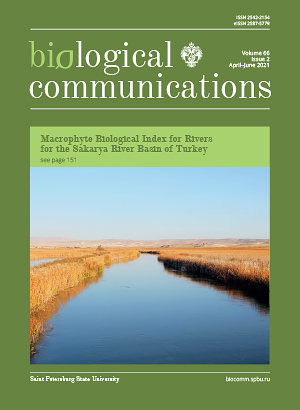The application of Nanopore sequencing for variant calling on the human mitochondrial DNA
DOI:
https://doi.org/10.21638/spbu03.2021.202Abstract
The emergence of long-read sequencing technologies has made a revolutionary step in genome biology and medicine. However, long reads are characterized by a relatively high error rate, impairing their usage for variant calling as a part of routine practice. Thus, we here examine different popular variant callers on long-read sequences of the human mitochondrial genome, convenient in terms of small size and easily obtained high coverage. The sequencing of mitochondrial DNA from 8 patients was conducted via Illumina (MiSeq) and the Oxford Nanopore platform (MinION), with the former utilized as a gold standard when evaluating variant calling’s accuracy. We used a conventional GATK3-BWA-based pipeline for paired-end reads and Guppy basecaller coupled with minimap2 for MinION data, respectively. We then compared the outputs of Clairvoyante, Nanopolish, GATK3, Longshot, DeepVariant, and Varscan tools applied on long-read alignments by analyzing false-positive and false-negative rates. While for most callers, raw signals represented false positives due to homopolymeric errors, Nanopolish demonstrated both high similarity (Jaccard coefficient of 0.82) and a comparable number of calls with the Illumina data (140 vs. 154) with the best performance according to AUC (area under ROC curve, 0.953) as well. In sum, our results, despite being obtained from a small dataset, provide evidence that sufficient coverage coupled with an optimal pipeline could make long reads of mitochondrial DNA applicable for variant calling.
Keywords:
next-generation sequencing, Oxford Nanopore, Illumina, variant calling, mitochondrial DNA
Downloads
References
Downloads
Additional Files
Published
How to Cite
License
Articles of Biological Communications are open access distributed under the terms of the License Agreement with Saint Petersburg State University, which permits to the authors unrestricted distribution and self-archiving free of charge.





